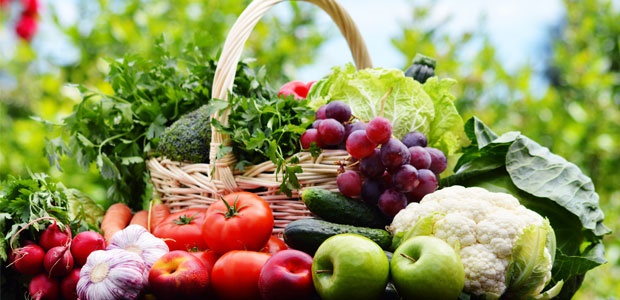While the principles for healthy living and healthy eating remain the same throughout the year, certain seasonal rules apply. Just as summer and winter bring their unique environments and nutritional needs, the monsoon creates its own set of dietary restrictions, particularly pertaining to the intake of vegetables. Here are some veggie dos and donts:
RAW LEAFY VEGETABLES
The rainy season is probably the only time of the year when I would not recommend leafy greens. The rainy season generates a great deal of humidity, spurring bacterial growth which tends to thrive on the surface of the vegetables we eat. Transportation conditions and storage arent particularly hygienic either, which means that we need to stay away from vegetables that arent peeled. These include raw spinach, lettuce, methi, kale and other ones that go straight, unpeeled, uncooked from farm to table. Needless to say, if these vegetables are cooked, there is no problem with their consumption.
Other options for non-leafy veggies include snake gourd (tori), gourd (dudhi), pointed gourd (parval), yam (suran), apple gourd (tinda), bitter gourd (karela), and cluster beans (gavaar) along with your usual onions, turnips and potatoes. If the sound of tinda or gavaar doesnt appeal to your kids/family/spouse, try saying apple gourd or cluster beans instead. It might just work.
SPROUTS
Like vegetables, sprouts is one of the best things for your body but unfortunately, the rainy season brings with it pathogens that tend to infest this particular food. If you must eat it, lightly steam them prior to consumption.
CAULIFLOWER & BROCCOLI
There are greater chances of cauliflower and broccoli infestation during the rainy season. When I mean infestation, I mean insects making a nice little home for themselves on the leaves. If you can skip the raw versions entirely, its better.
CUCUMBER
This made it to the list because cucumber is eaten many a times with the skin on. Peel it.
FRUITS
While fruits are not vegetables, be partial to seasonal fruits. Unseasonal ones are more likely to be prone to infestations. Your best bets are pomegranates, bananas, mangoes, apples, plums and whatever else is in season. Again, peel the fruit instead of eating it with the skin on.
**A NOTE ON WASHING
For vegetables and fruits with peels, try and do a final rinse with potassium permanganate. Add enough potassium permanganate to a vessel with water for the water to take on a light pink tint. Soak fruit and vegetables for about five minutes. Rinse thoroughly to effectively remove bacteria, pesticides and assorted pests.
Enjoy the best of healthy vegetables this season.



